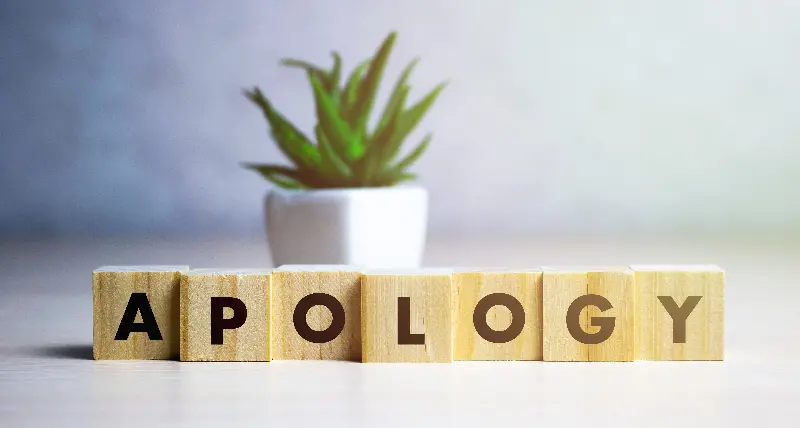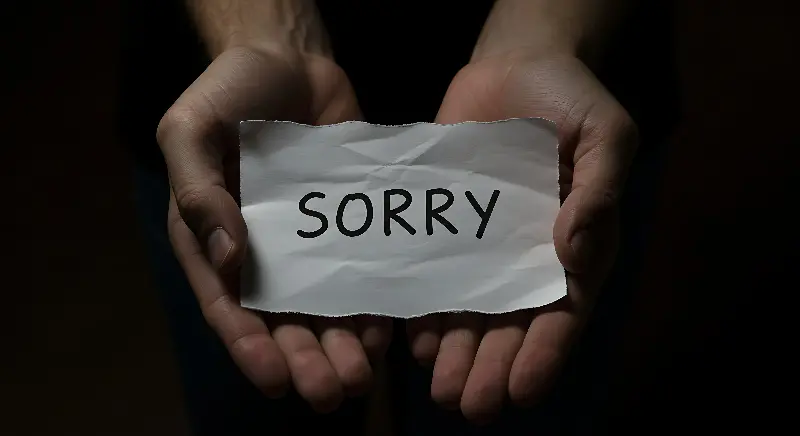Across cultures and continents, apologies play a critical yet surprisingly diverse role in the way we communicate. From the solemn bow of a Japanese executive to the quick “sorry” uttered by a New Yorker squeezing past on a busy sidewalk, methods of expressing regret are as varied as the societies that practice them. Dig a bit deeper, and you’ll find that how we apologize, when we apologize, and what those apologies mean can impact everything from cross-cultural business dealings to social harmony. As global communication becomes more commonplace, understanding apology culture is more than just good manners—it’s an essential piece of the social puzzle.

The Many Faces of Apology
While saying “I’m sorry” might seem universal, the ways in which apologies are extended differ dramatically. In Japan, for example, apology is often deeply ritualized. A bow combined with a careful choice of words conveys everything from mild regret to deep contrition. The depth of the bow and the language used are nuanced cues that communicate sincerity and status.
Contrast this with American or British culture, where apologies can be frequent but light, sometimes marking social politeness rather than real remorse. In the United States, “Sorry!” is a versatile tool: you might hear it after stepping on someone’s toe or even if someone spills coffee on you. In the UK, the apology goes further—studies suggest the British utter “sorry” more frequently than almost anyone else in the world, sometimes even when they are the wronged party.
On the other hand, some cultures are more reserved about apologies. In many Middle Eastern or Eastern European societies, apologizing can risk signaling weakness or culpability, especially in professional contexts. Rather than a quick verbal acknowledgment, such societies might prefer to rectify mistakes silently or with a more subtle gesture.

Apology and Power Dynamics
Not only does who apologizes and how reflect cultural norms, but it also often reveals societal structures and expectations. In hierarchical societies like South Korea or China, apologies from those in authority can be rare and carefully orchestrated. When they do occur, they often set off waves of media coverage and public debate. The willingness (or refusal) of a leader to apologize after a mistake can reflect on the nation’s values or even its political stability.
In family or workplace contexts, apology can also reveal power dynamics. A manager who apologizes to a subordinate in Germany might demonstrate respect and professional responsibility, whereas in some Latin American cultures, the opposite might risk undermining authority. Among peers, meanwhile, a reciprocal flow of apologies can act as social glue, reaffirming group harmony and shared values.
Apologies Without Words
Interestingly, not all apologies require words. Nonverbal communication is a critical aspect in many societies. The Japanese bow is a highly structured form, with angles and duration reflecting the severity of the offense. In some African cultures, specific gifts or the offering of food can signal remorse and a desire for reconciliation. Australia’s Aboriginal communities historically used “sorry business”—rituals and gatherings to express regret and loss, often unrelated to culpability but crucial for group healing.
Even in North America and Europe, body language is key. The sheepish smile or averting one’s eyes while muttering “sorry” can signal sincerity—or lack thereof. And let’s not forget the famous Canadian “sorry” face, which combines a hint of embarrassment with genuine empathy, sometimes confusing visitors who expect a more emotional reaction.
When Apologies Are Lost in Translation
Globalization has brought both delight and disaster to the world of apology. In cross-cultural business meetings, for example, what sounds like a genuine apology in English might come across as a mere formality elsewhere. Conversely, the absence of a spoken apology in cultures that prize nonverbal or indirect forms can be misinterpreted as arrogance or indifference.
One famous case occurred when an international airline’s English-language apology after a major mishap was seen as insincere by Japanese clients, who expected a more visible display of contrition. The outcome? A media storm, lost contracts, and a valuable lesson in the necessity of understanding cultural cues.
In some cases, translators play a crucial, if underappreciated, role. They must interpret not just the words but also the weight and emotional content of an apology, often filling in cultural context that doesn’t exist in the original phrasing.
The Surprising Upsides of Apology Culture
It’s easy to assume apologies simply mend fences after mistakes, but their impact is much broader. In cultures where apologies are frequent and sincere, social bonds often run deep. A well-timed apology can turn confrontation into cooperation and even open doors to new friendships or business partnerships. Apologies also demonstrate emotional intelligence and self-awareness—traits global companies increasingly value in their teams.
Apologies can set the tone for an entire encounter, serving as a bridge across cultural misunderstandings. They demonstrate respect for other viewpoints and acknowledgment of shared humanity. As the world becomes more connected, a simple “I’m sorry” (or its many global equivalents) can carry enormous power.
Understanding the global language of apology is far more than etiquette—it’s an invitation to genuine communication. Whether it’s with a bow, a note, a handshake, or a heartfelt word, recognizing the profound role apologies play in different societies offers an opportunity to connect in surprising and meaningful ways.
